Connecting students to authentic research and data



BioInteractive gives students the tools to understand and leverage basic science research.
BioInteractive is a leading provider of free classroom resources, professional development, and community for high school and undergraduate biology.
For most people, high school biology is their final formal touchpoint with science, but they'll still encounter science's impact throughout their lives, whether they realize it or not.
At BioInteractive, we develop resources that engender lifelong skills and prepare students to use scientific knowledge to their benefit — informing decisions and perceptions about themselves, their family, their community, and their world.
As part of HHMI, we bring authentic research to all students. We aim to:
 Empower educators
Empower educators
 Inspire students
Inspire students
 Provide real science, real stories, and real data
Provide real science, real stories, and real data


on our website reflecting the rigor and creativity of authentic science, including:
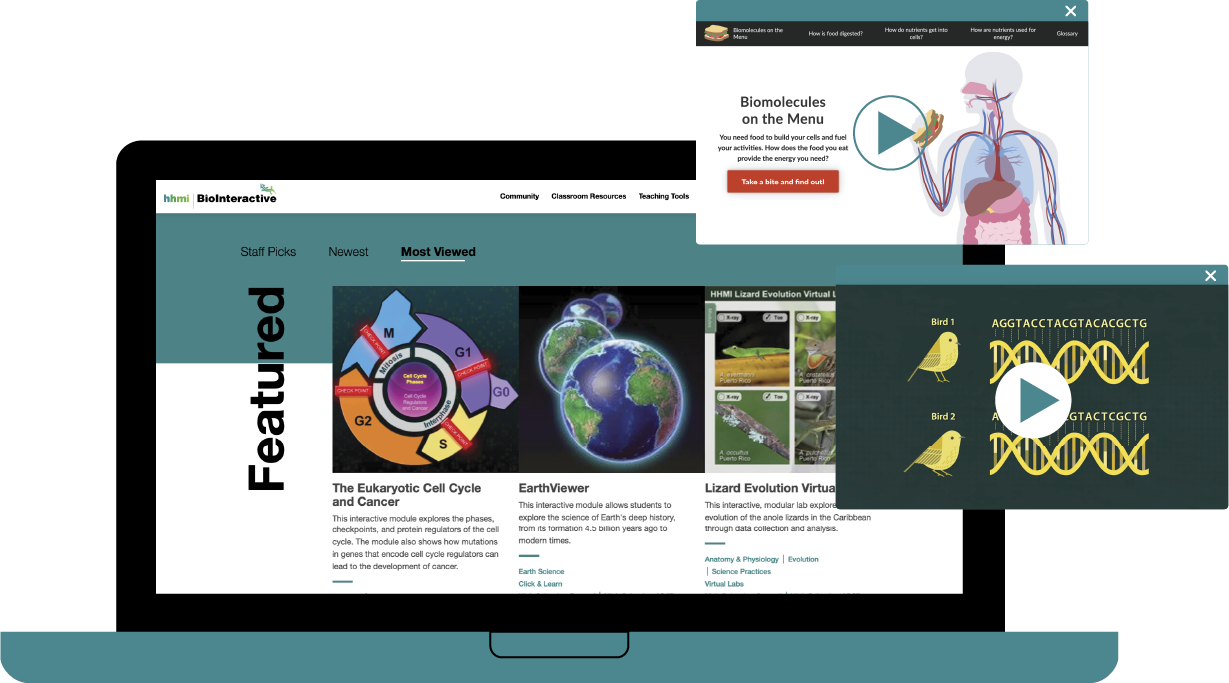
Our website is WCAG 2.1 AA compliant to increase accessibility.
translated into Spanish

and 82M+ views on our YouTube channel

in the United States were asked whether they used at least one BioInteractive resource. The survey revealed that BioInteractive resources are used by:

A pie chart showing how many people in 3 categories used BioInteractive resources.
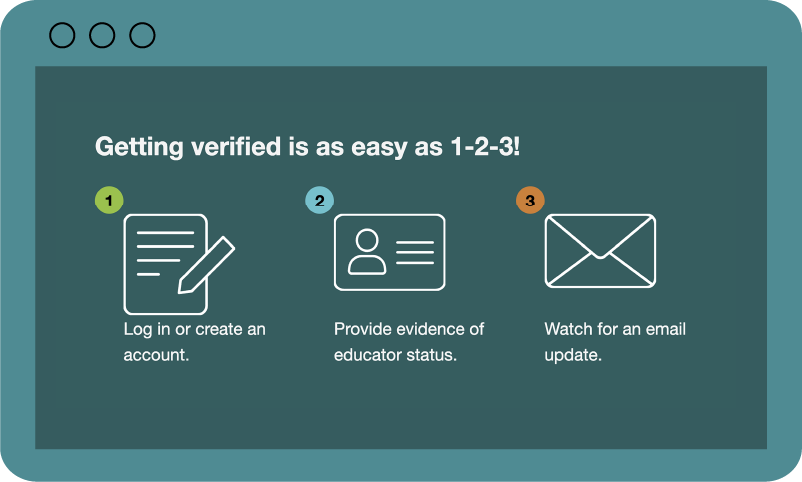
have created accounts on BioInteractive.org to share resources, strategies, and professional discussions

with high school districts and educational cooperatives across the country, helping us reach educators where they are

conducted annually to show how to implement resources in the classroom using evidence-based teaching practices

the expert high school and undergraduate educators who work closely with BioInteractive to promote and support evidence-based teaching practices, drive change in science education, and elevate the professional and scholarly profile of science teaching and learning


To provide resources on foundational concepts in biology that are relevant to today's students.

BioInteractive's resources empower teachers to "teach the way they always wanted to" by having students engage in:
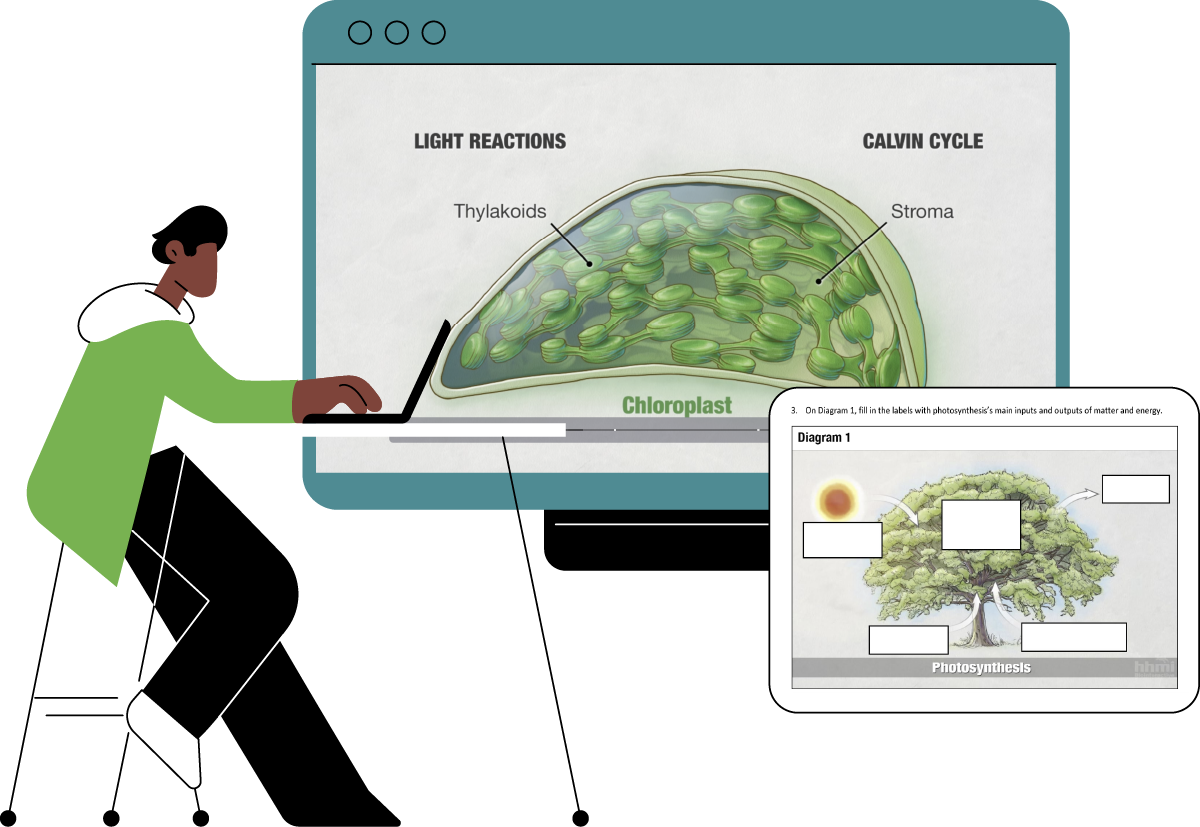
All resources are developed in collaboration with practicing educators and scientists and are based on real science and data. We anchor many of our resources to story-driven videos featuring scientists and their research.
 Trust and reliability of the BioInteractive brand — scientifically accurate, vetted, accessible resources
Trust and reliability of the BioInteractive brand — scientifically accurate, vetted, accessible resources Helping students analyze scientific data and understand phenomena that scientists are investigating
Helping students analyze scientific data and understand phenomena that scientists are investigating Connection to science standards — NGSS and Vision and Change
Connection to science standards — NGSS and Vision and Change Topics students find meaningful, engaging, and relevant
Topics students find meaningful, engaging, and relevantEngaging students in authentic science
"Using BioInteractive resources, I have seen my students become amazed, recognize the importance of scientific work, and want to study tuskless elephants and find a cure for cancer."

"Abstract processes have been made concrete. Students are able to see relationships and patterns. They also understand how scientists have reached their conclusions."
"BioInteractive resources have given me the ability to lower the 'walls' of the classroom by showing kids real science examples."
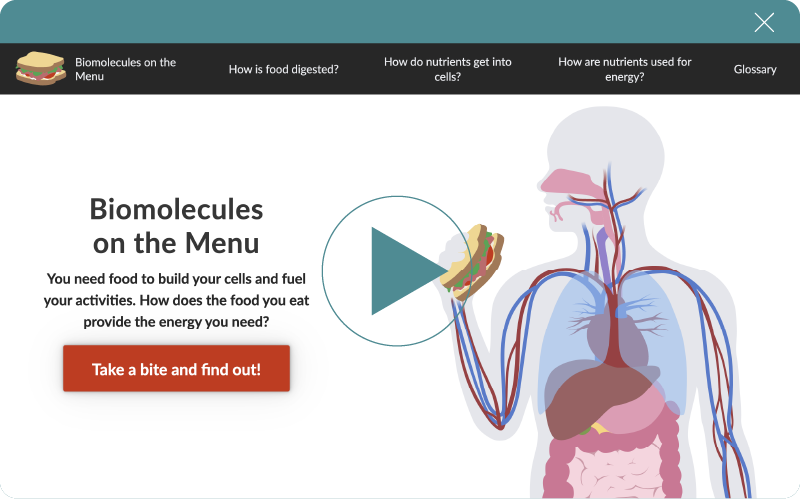
"It cuts down on me having to piece together random items. This flows together much better, so I can focus on implementation rather than content. It's good to have reliable resources. I know I can trust HHMI to have real data."
"It's given me more of an idea of what my students should be learning."
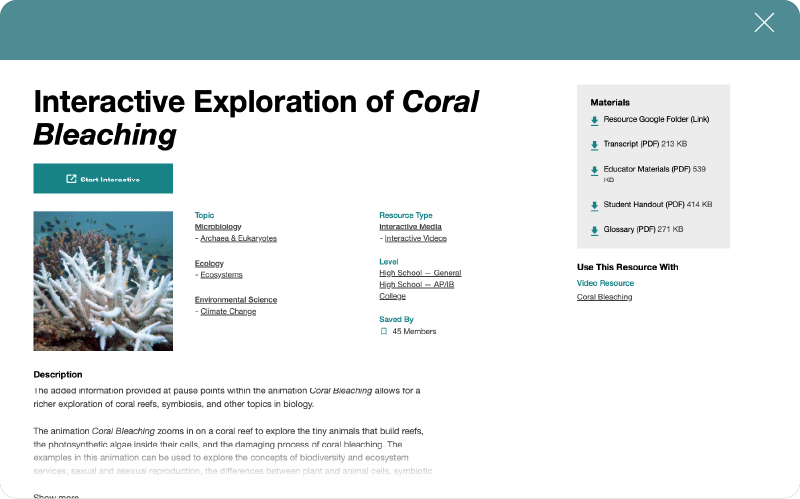
High school and college students believe the most important goal of science class is to address information they can apply in real life, and teachers play a key role in making that connection.
Most students believe their science teachers are experts in the field and view them as trustworthy sources of science information.
(Rockbridge Research Associates, 2024; Emotive Analytics, 2018)3 in 4 high school STEM students and 2 in 3 college STEM students say an educator inspired them to pursue a science major or career.

The most important things for science teachers to do in class, according to students, are:

A bar graph showing high school students versus college students ratings of what is most important for science teachers to do in class.
High school students
College students
BioInteractive resources empower educators to meet students' expectations and, in particular, connect science to real life in various ways.

– Student"I want to be a doctor when I graduate, and I hold doctors in the highest regard in terms of scientists, but this resource showed there so many other scientists of different disciplines who are working on amazing things that are actually very helpful and probably life-changing."
BioInteractive's storytelling and documentary-style videos invite students to join in on the excitement and joy of scientific discovery.
Gerhart, L., & Anderton, B. (2020, June 10). Engaging students through online video homework assignments: A case study in a large-enrollment ecology and evolution course. University of California Davis, Biology."Generally, students preferred documentary-style videos to lecture-style videos; however, even lecture-style videos received numerous positive responses when they featured a charismatic speaker and when they related directly to current environmental issues. In addition to enjoying the 'feel' of documentary-style videos, students also responded positively to seeing the scientists 'at work' gathering data in the field and seeing organisms of study in the wild."

– Gerhart, LM et al. (2021)"The Great Elephant Census hit nearly all of these points — it is a short, documentary-style video, focusing on an extremely charismatic species, whose conservation importance is well-known to students. Additionally, this video illustrated the use of transect and quadrat sampling methods, which the students had recently used in their laboratory activity. Amusingly, several student comments seemed surprised that the methods they learned in lab were a real data-gathering technique. Consequently, this video was consistently highly rated across most of the positive categories."

BioInteractive resources aim to teach science while preserving the fun and excitement of scientific research
Young people aren't afraid of a challenge and love to learn new things. When asked to rank characteristics of their most interesting STEM experiences, students (ages 16-22) ranked learning and fun among the top five.

A bar graph showing the characterists that students' found most memorable in their STEM experiences.

Students report being inspired by stories of discovery and innovation in the sciences. They seek STEM-related content outside the classroom, as STEM-related programming helps students to:

Young people are passionate about STEM, and it shows. When asked to reflect on a memorable STEM experience, 85.1% said it brought back positive emotions.
A pie chart showing the emotions related to memorable STEM experiences.
When educators use BioInteractive resources, they see that students eagerly engage with authentic science. As a result, teachers gain confidence to implement authentic science content and practices, creating a positive feedback loop.
There are a number of ways high school and higher ed educators can engage with BioInteractive professional learning and resources. The main ways of engaging are our direct from BioInteractive Opens in a new tab online workshops and at in-person workshops at national, state, and regional conferences.



I learned about a new resource I can use in this workshop

I will share these materials with colleagues who did not attend this workshop

I intend to use BioInteractive resources presented in this workshop with my students in the next year

I learned a new teaching strategy in this workshop

BioInteractive partners with school systems, education service providers, professional societies, and higher ed institutions to provide life science educators with discipline-specific professional learning and collaboration opportunities.
For high school educators, the School Systems Partnership Initiative provides longer and more frequent workshops for educators within their own professional community, thereby building a support system for continuous learning and growth. In turn, teachers report that they have the confidence and skills to implement more active learning strategies and better differentiate their instruction. This leads to higher standards and higher engagement among all students.
Source: TERC, 2021If you are an educator with a deep passion for life sciences, we invite you to connect with us.

Educators, check out our resources Opens in a new tab and professional learning opportunitiesOpens in a new tab. You may also enjoy watching our YouTube channel videos Opens in a new tab and keeping up with us on Instagram Opens in a new tab or the online community Opens in a new tab.

School district leaders, if you're interested in becoming part of our School Systems Partnership Initiative, please send us a message using our contact form Opens in a new tab.

Any educators interested in doing research on our resources can drop us an email at BioInteractive@hhmi.org.
Interested in more updates from BioInteractive? Consider signing up for our newsletter Opens in a new tab.
Search BioInteractive Resources Opens in a new tab